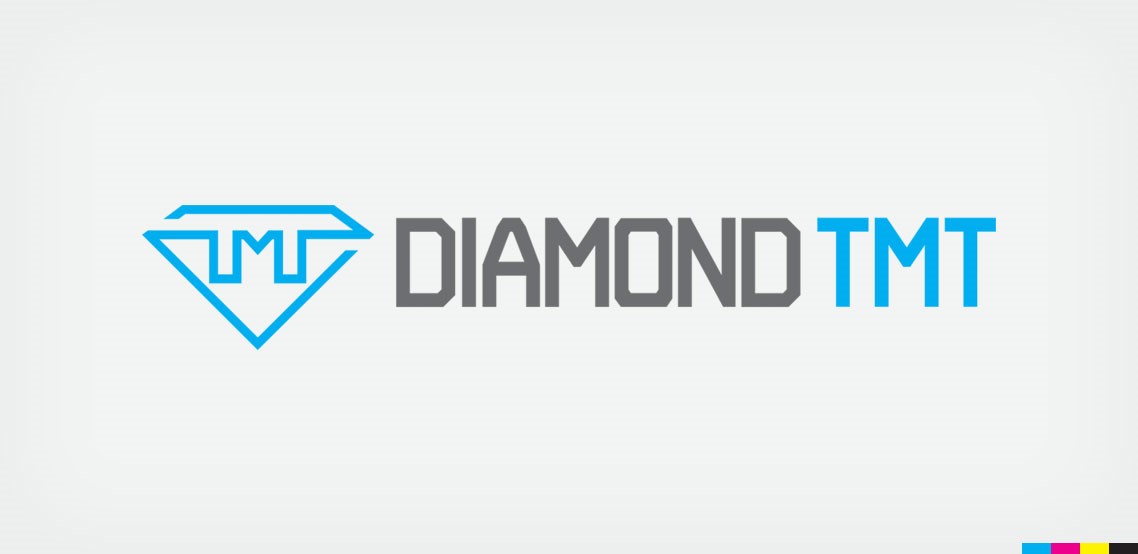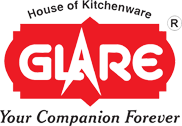What is copyright?
Copyright is a legal right to protect any creation/ original work of a person. Creation can be in form of literary, dramatic, musical, software, and artistic works, such as poetry, novels, movies, songs, computer software, the artistic label used as a trademark, and architecture work. The moment work is created, it falls under the protection of copyright law.
Why copyright registration required?
Copyright registration is voluntary but in order to initiate legal proceedings against the duplicator, it is necessary to obtain registration to prove prima facie rights in copyrights.
Validity/ Term of Copyright.
There is no renewal required under the Copyrights Law in India. The validity/ term of copyright differs from work to work.
- Term of copyright in published literary, dramatic, musical, and artistic works- Copyright shall subsist in any literary, dramatic, musical, or artistic work published within the lifetime of the author until 60 [sixty years] from the beginning of the calendar year next following the year in which the author dies. In other words, the copyright subsists for a period (of) up to 60 years from the death of the author of the work.
- Term of copyright in anonymous and pseudonymous works.—(1) In the case of literary, dramatic, musical, or artistic work (other than a photograph), which is published anonymously or pseudonymously, copyright shall subsist until 60 [sixty years] from the beginning of the calendar year next following the year in which the work is first published. Provided that where the identity of the author is disclosed before the expiry of the said period, copyright shall subsist until 60 [sixty years] from the beginning of the calendar year next following the year in which the author dies.
2) In sub-section (1), references to the author shall, in the case of an anonymous work of joint authorship, be construed,—(a) where the identity of one of the authors is disclosed, as references to that author;(b) where the identity of more authors than one is disclosed, as references to the author who dies last from amongst such authors.3) In sub-section (1), references to the author shall, in the case of pseudonyms work of joint authorship, be construed,—(a) where the names of one or more (but not all) of the authors are pseudonyms and his or their identity is not disclosed, as references to the author whose name is not a pseudonym, or, if the names of two or more of the authors are not pseudonyms, as references to such of those authors who dies last;(b) where the names of one or more (but not all) of the authors are pseudonyms and the identity of one or more of them is disclosed, as references to the author who dies last from amongst the authors whose names are not pseudonyms and the authors whose names are pseudonyms and are disclosed; and(c) where the names of all the authors are pseudonyms and the identity of one of them is disclosed, as references to the author whose identity is disclosed or if the identity of two or more of such authors is disclosed, as references to such of those authors who dies last.
Explanation.—For the purposes of this section, the identity of an author shall be deemed to have been disclosed, if either the identity of the author is disclosed publicly by both the author and the publisher or is otherwise established to the satisfaction of the[Appellate Board]by that author. - Term of copyright in posthumous work.—(1) In the case of a literary, dramatic or musical work or an engraving, in which copyright subsists at the date of the death of the author or, in the case of any such work of joint authorship, at or immediately before the date of the death of the author who dies last, but which, or any adaptation of which, has not been published before that date, copyright shall subsist until 60 [sixty years] from the beginning of the calendar year next following the year in which the work is first published or, where an adaptation of the work is published in an earlier year, from the beginning of the calendar year next following that year. (2) For the purposes of this section, a literary, dramatic, or musical work or an adaptation of any such work shall be deemed to have been published, if it has been performed in public or if any [sound recordings] made in respect of the work have been sold to the public or have been offered for sale to the public.
- Term of copyright in photographs. Term of copyright in cinematograph films.—In the case of a cinematograph film, copyright shall subsist until 60[sixty years] from the beginning of the calendar year next following the year in which the film is published.
- Term of copyright in sound recording.—In the case of sound recording copyright shall subsist until [sixty years] from the beginning of the calendar year next following the year in which the [sound recording] is published.
- Term of copyright Government works.—In the case of Government work, where Government is the first owner of the copyright therein, copyright shall subsist until 60[sixty years] from the beginning of the calendar year next following the year in which the work is first published.
- Term of copyright in works of public undertakings.—In the case of a work, where a public undertaking is the first owner of the copyright therein, copyright shall subsist until 60[sixty years] from the beginning of the calendar year next following the year in which the work is first published].
- Term of copyright in works of international organizations.—In the case of a work of an international organization to which the provisions of section 41 apply, copyright shall subsist until [sixty years] from the beginning of the calendar year next following the year in which the work is first published.
Documents required for copyright application:
- Name, address, and nationality of the applicant
- Name, address, and nationality of the author of the work
- Nature of applicant’s interest in the copyright i.e. OWNER / LICENSEE etc.
- Title of the work.
- A declaration signed by the author (if different from the applicant)
- Language of the work
- Whether the work is published or unpublished
- If the work is published, year and country of first publication and name, address and nationality of the publisher
- Year and countries of subsequent publications, if any.
- Name, address, and nationality of any other person authorized to assign or license the rights in the copyright.
- Power of attorney from the applicant.
- Six hard copies of the work and three soft copies
- (For computer programs – 5 copies of the program on CD ROMs along with source code.)

































































